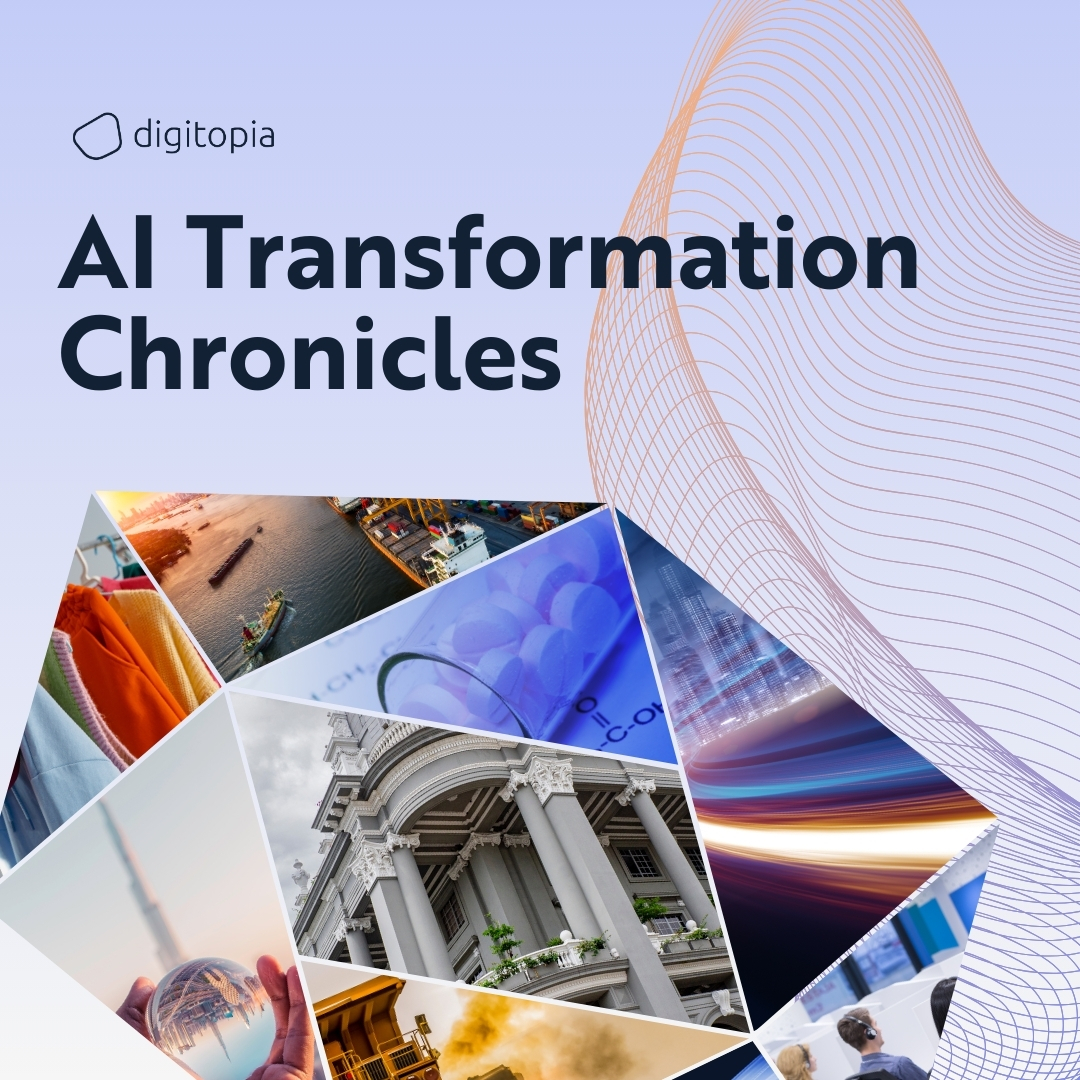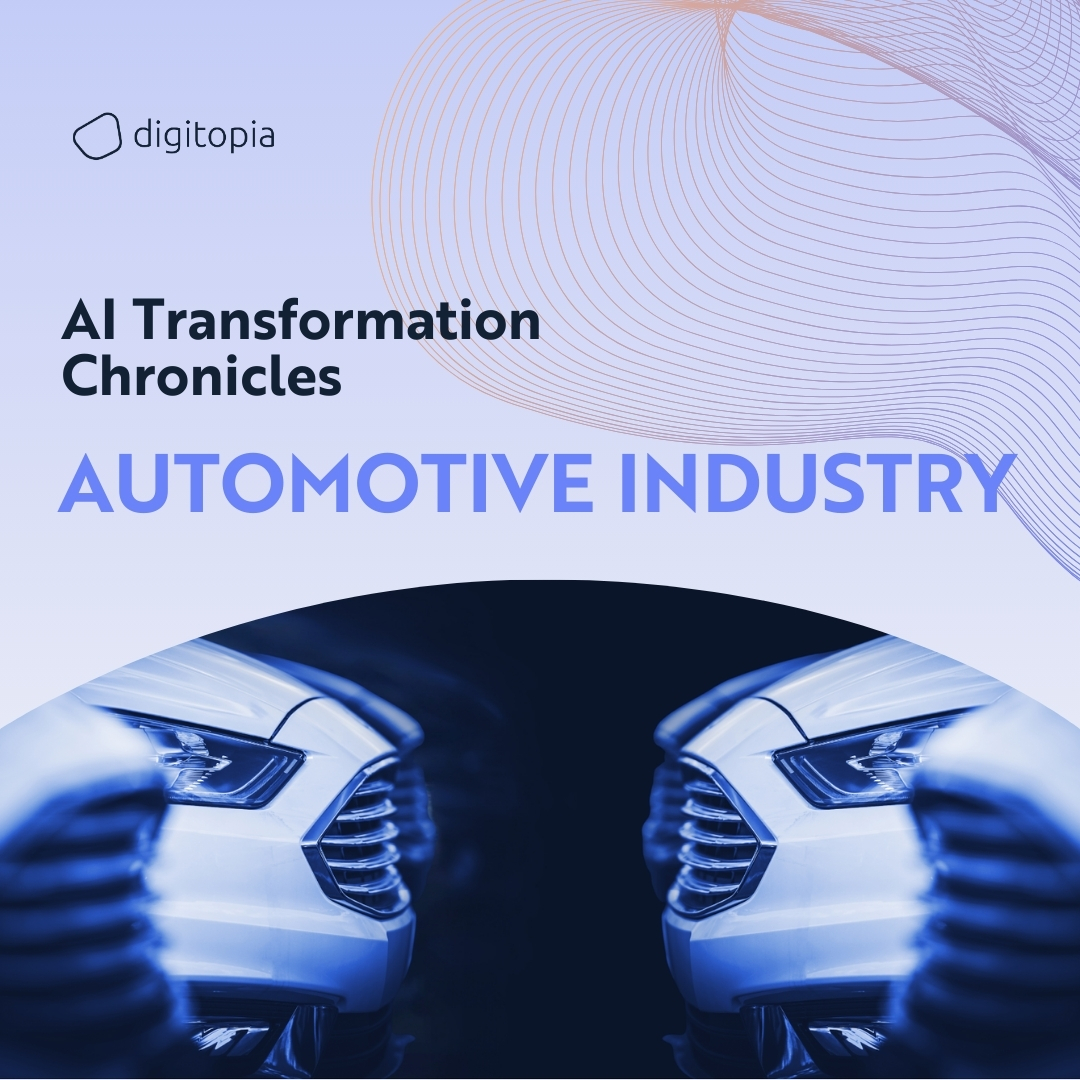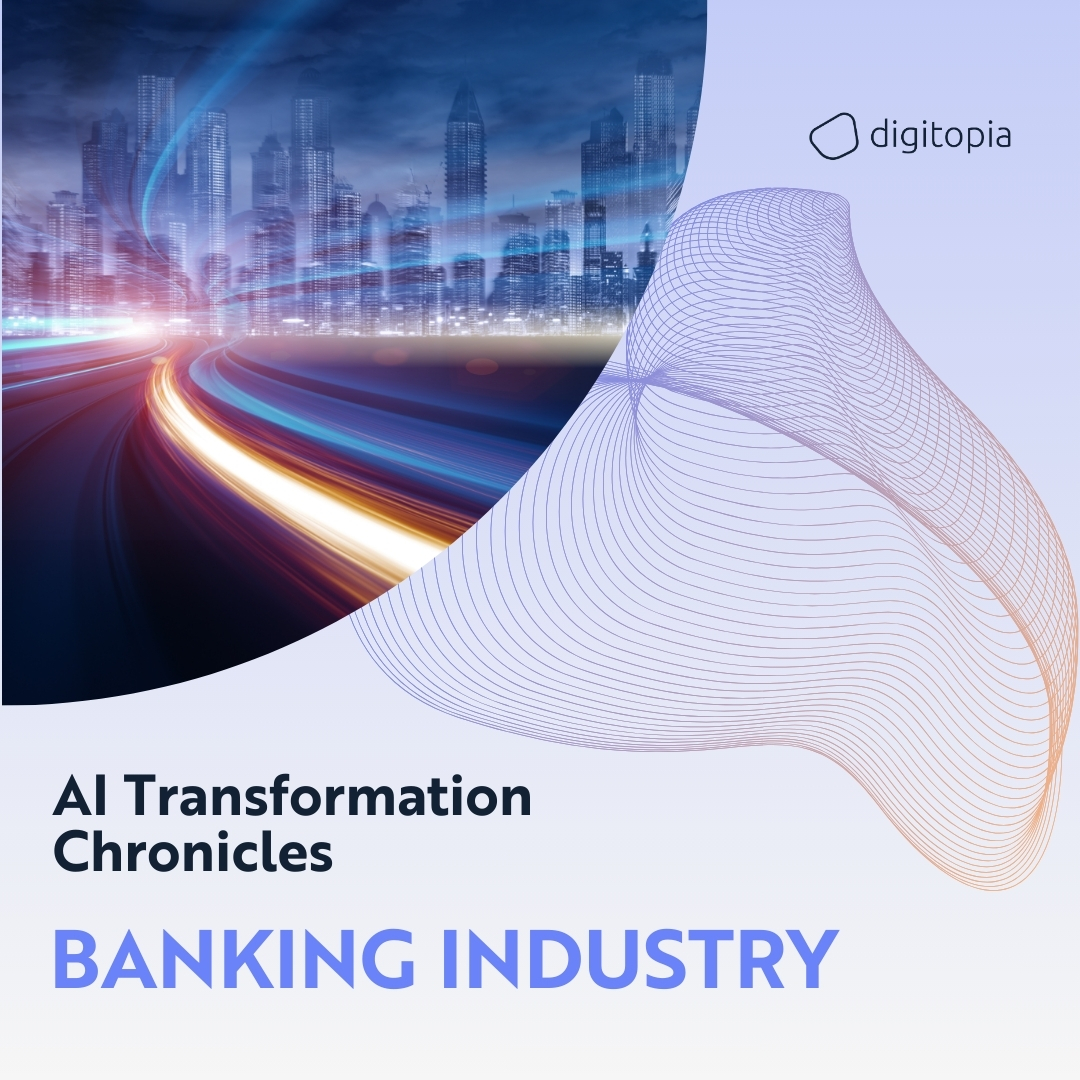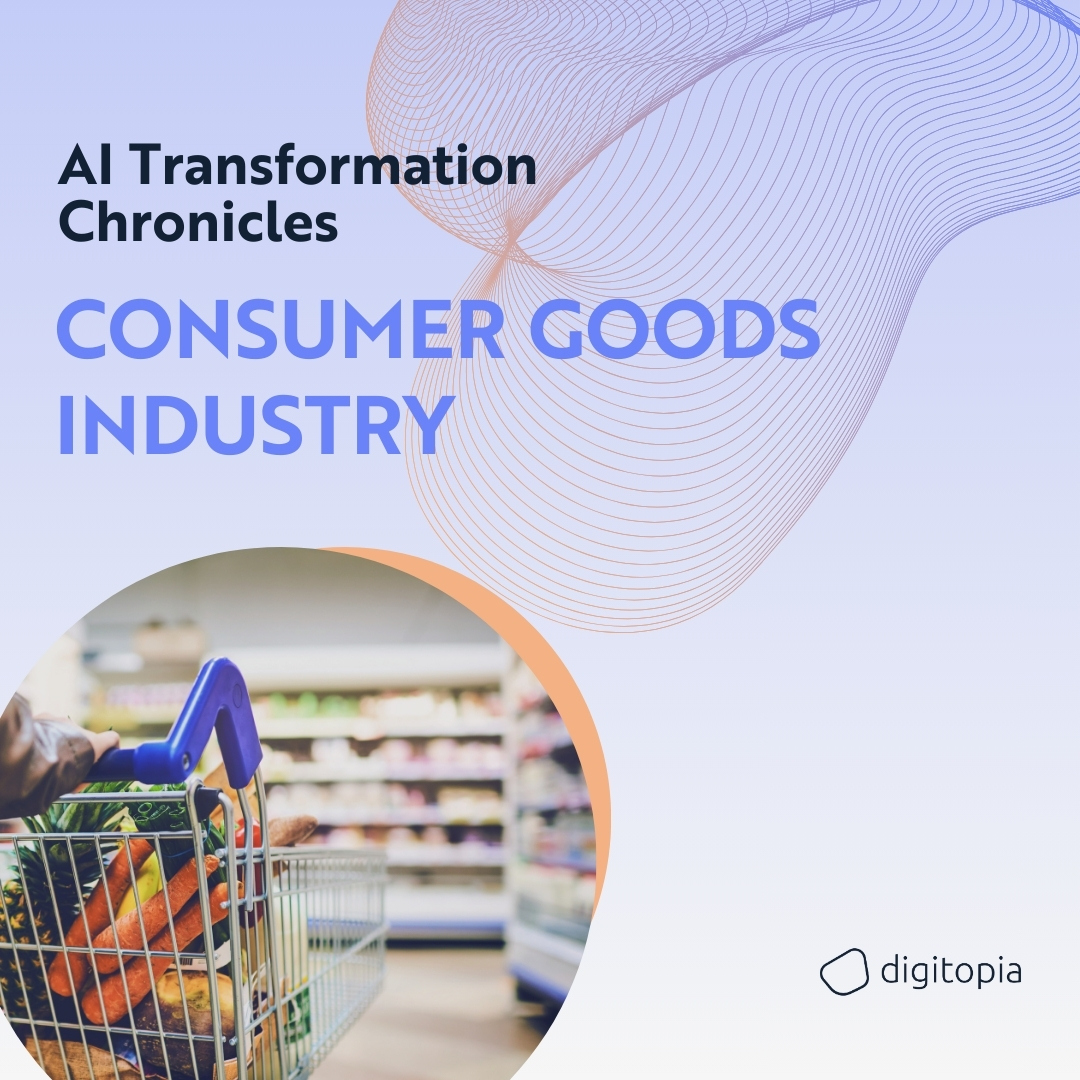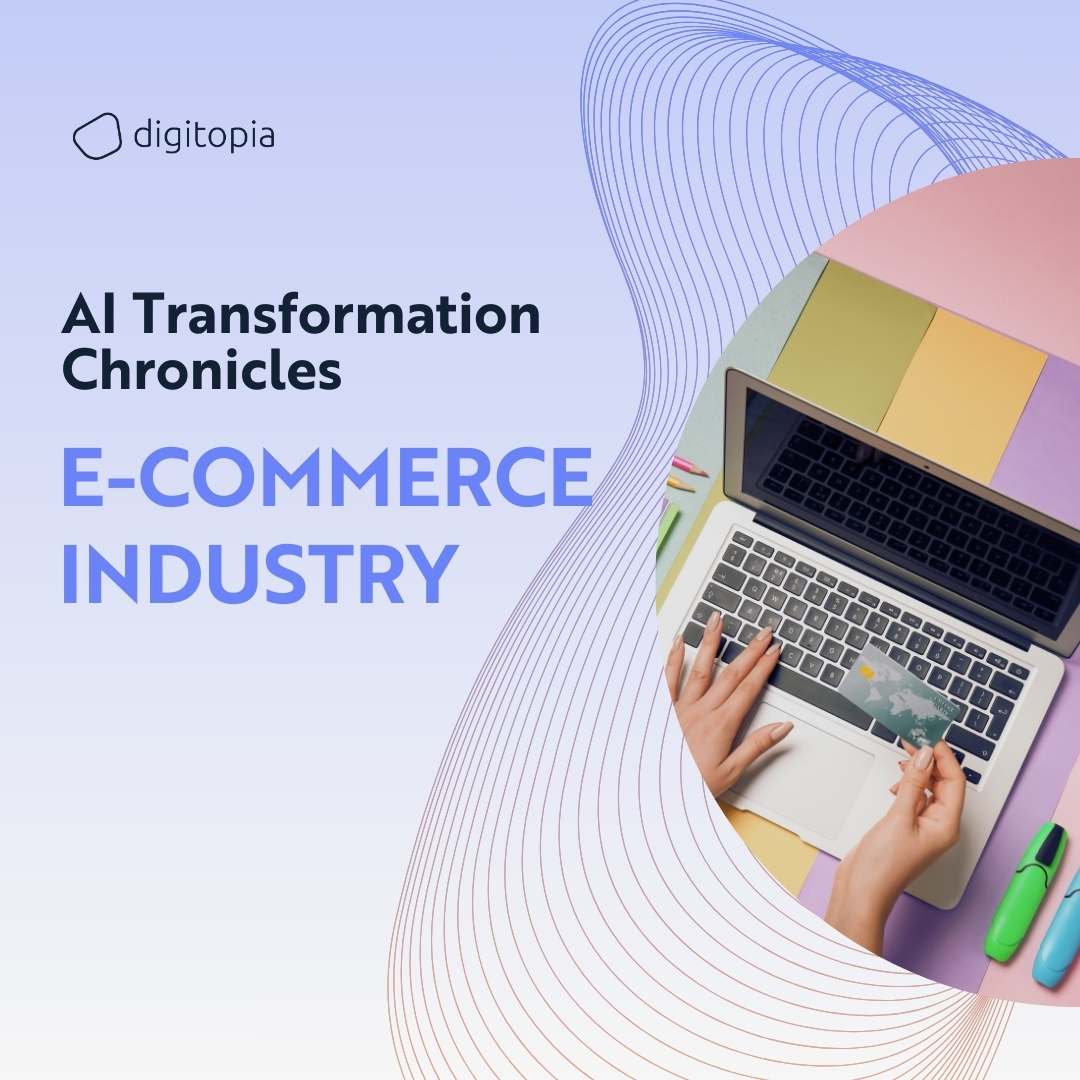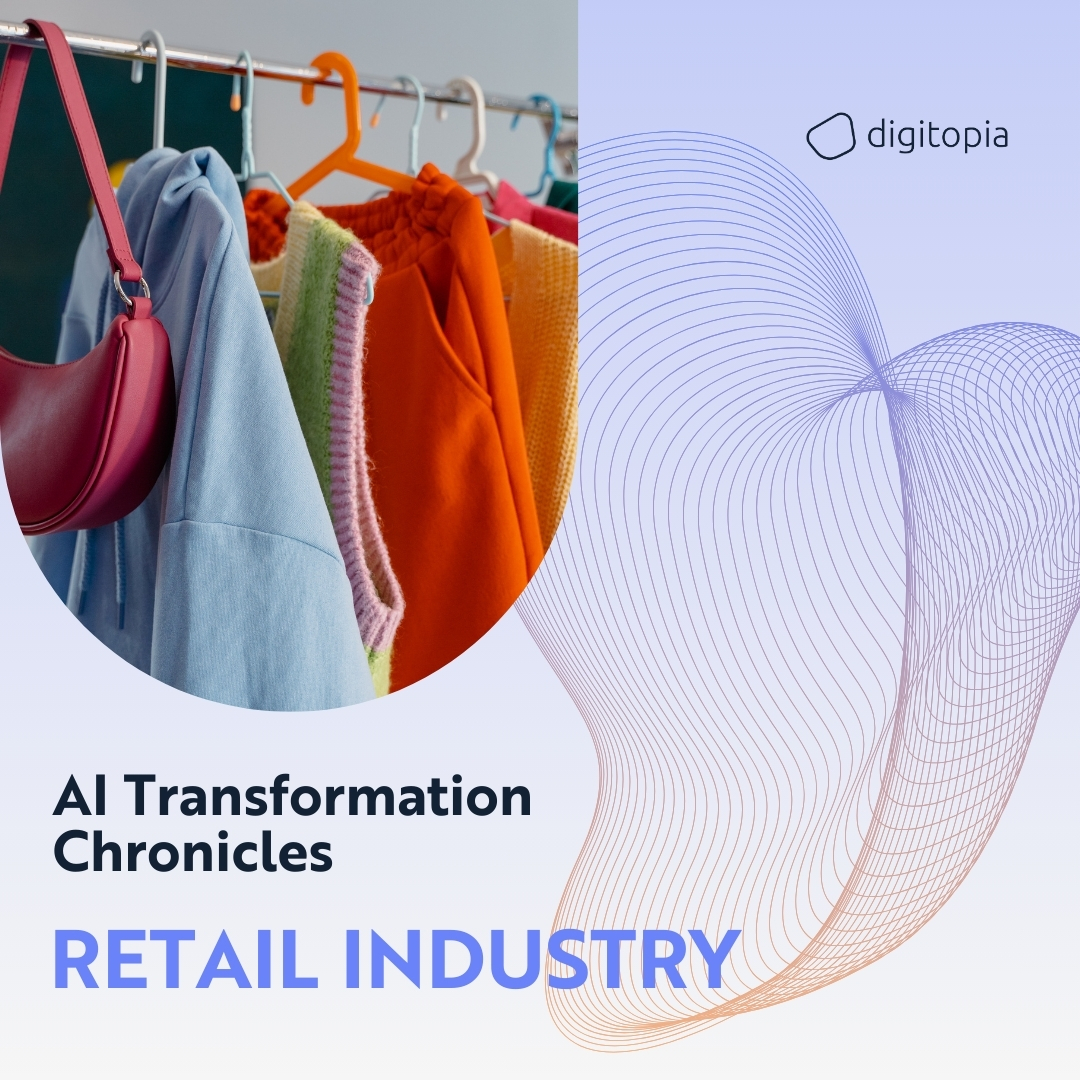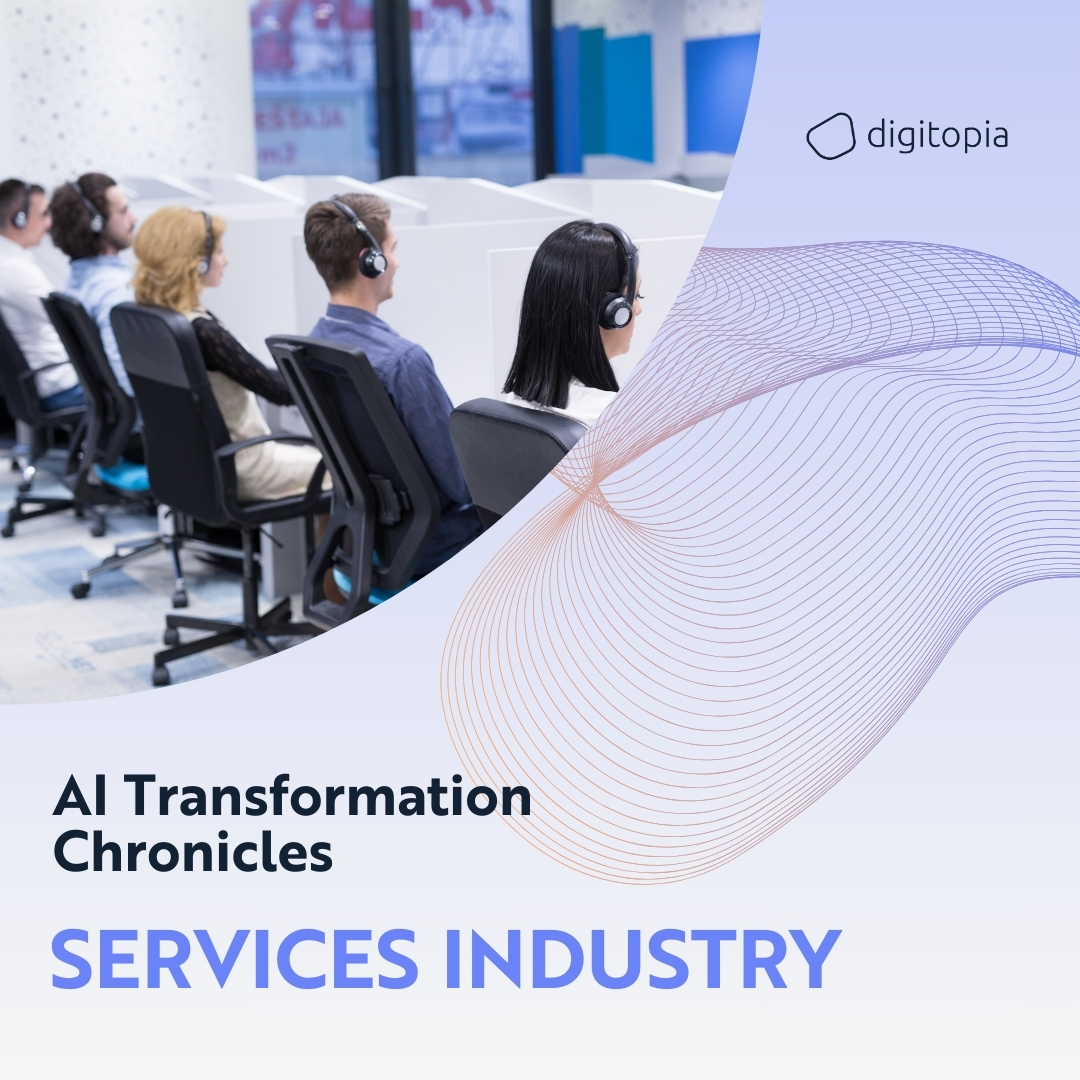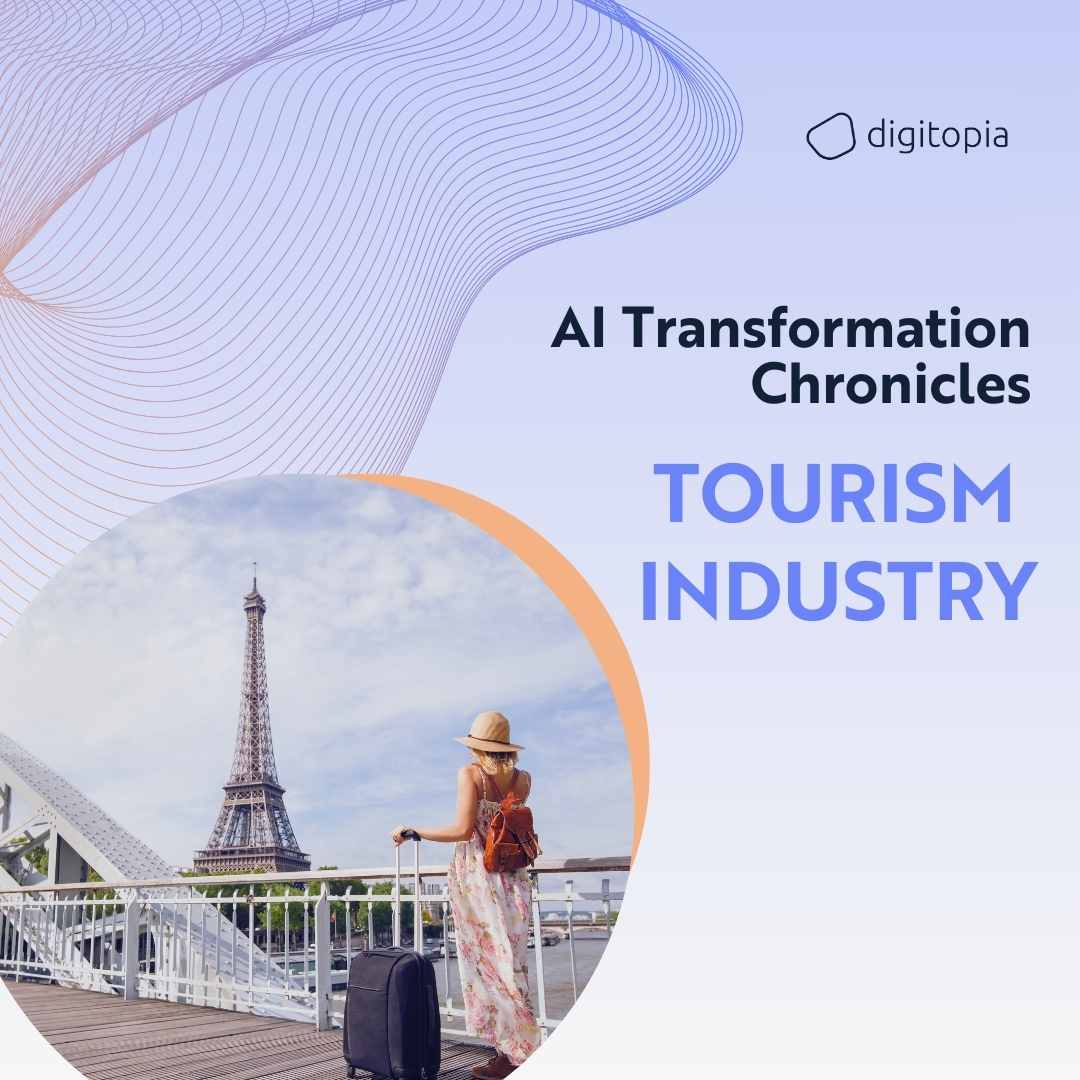
Artificial Intelligence (AI) is revolutionizing the retail industry, offering unprecedented opportunities to enhance customer experience, streamline operations, and drive innovation. Despite the vast amounts of customer and transaction data at their disposal, many retailers struggle with a lack of talent, mindset, and resources to fully leverage AI’s potential. By addressing these challenges and harnessing AI strategically, retailers can transform their businesses and stay competitive in a rapidly evolving market.
The Promise of AI in Retail
The potential for AI to transform the retail industry is immense, offering significant advancements in key areas:
- Customer Experience: AI-driven personalization, chatbots, and recommendation systems provide tailored shopping experiences.
- Operational Excellence: AI automates inventory management, supply chain optimization, and demand forecasting, reducing costs and improving efficiency.
- Innovation: AI enables business model innovation, product development, and market trend analysis, fostering a culture of continuous improvement and adaptability.
Learn More: Top 10 Secrets to Succeeding with AI
Our comprehensive ebook provides actionable insights, real-world case studies, and proven strategies to help you integrate AI into your operations and drive growth.
Download Now
Addressing Talent, Mindset, and Resource Challenges
While the retail industry sits on vast amounts of valuable data, the primary barriers to AI adoption are a lack of talent, a conservative mindset, and limited resources. Retailers must invest in developing AI expertise, fostering an innovative culture, and allocating resources strategically to fully leverage AI’s transformative potential.
Key Use Cases for AI in Retail
To harness the power of AI effectively, retailers should focus on high-impact use cases across customer experience, operational excellence, and innovation:
Customer Experience
- Personalized Recommendations: Use AI to analyze customer behavior and preferences, providing tailored product recommendations that enhance the shopping experience and increase sales.
- Chatbots and Virtual Assistants: Implement AI-driven chatbots to offer instant customer support, answer queries, and guide customers through their shopping journey.
- Customer Sentiment Analysis: Leverage AI to analyze customer feedback and sentiment across various channels, gaining insights to improve products and services.
Operational Excellence
- Inventory Management: Utilize AI to optimize inventory levels, reducing stockouts and overstock situations, and improving supply chain efficiency.
- Demand Forecasting: Apply AI to predict customer demand accurately, enabling better planning and resource allocation.
- Price Optimization: Use AI algorithms to dynamically adjust prices based on market trends, competitor pricing, and customer behavior.
Innovation
- Market Trend Analysis: Employ AI to analyze market data and identify emerging trends, helping retailers stay ahead of the competition.
- Product Development: Leverage AI to gather customer insights and feedback, guiding the development of new products that meet market needs.
- Business Model Innovation: Use AI to explore new business models and revenue streams, enhancing overall business agility and growth potential.
Powerful Success Stories in AI-Driven Retail
The AI revolution in the retail industry is already underway, with leading companies demonstrating the transformative power of artificial intelligence. These success stories illustrate the significant benefits of AI adoption, from enhanced customer experience and operational efficiency to groundbreaking innovations. As these examples show, embracing AI is crucial for retailers who wish to thrive in a competitive and dynamic market.

Sephora – Enhancing Customer Experience with AI
Challenge: Sephora, a leading beauty retailer, faced the challenge of providing personalized shopping experiences to its diverse customer base. With a vast array of products, understanding individual customer preferences and offering tailored recommendations was a complex task.
Solution: Sephora implemented an AI-driven recommendation system that analyzes customer data, including purchase history, browsing behavior, and product reviews. This system provides personalized product recommendations, helping customers find products that match their preferences. Additionally, Sephora introduced a virtual assistant named “Sephora Virtual Artist,” which uses augmented reality and AI to allow customers to try on makeup virtually.
Benefits: The AI-driven initiatives have significantly enhanced the customer experience at Sephora. Personalized recommendations have increased sales and customer satisfaction, while the Virtual Artist has provided a fun and interactive way for customers to explore products. These innovations have strengthened Sephora’s brand loyalty and positioned the company as a leader in the beauty retail space.

Walmart – Optimizing Operations with AI
Challenge: Walmart, one of the world’s largest retailers, faced challenges in managing its vast inventory and supply chain efficiently. Ensuring the right products were available at the right time across numerous locations required advanced optimization techniques.
Solution: Walmart leveraged AI to enhance its inventory management and supply chain operations. The company implemented AI algorithms to predict demand accurately, optimize inventory levels, and streamline the supply chain. These algorithms analyze various data points, including historical sales, market trends, and external factors like weather conditions, to make informed decisions.
Benefits: AI-driven inventory management and demand forecasting have led to significant improvements in Walmart’s operational efficiency. The company has reduced stockouts and overstock situations, leading to cost savings and improved customer satisfaction. The streamlined supply chain has also enabled faster and more reliable product delivery, reinforcing Walmart’s position as a retail leader.

Stitch Fix – Innovating with AI-Driven Personalization
Challenge: Stitch Fix, an online personal styling service, sought to offer highly personalized fashion recommendations to its customers. The challenge was to accurately understand individual styles and preferences to provide clothing items that customers would love.
Solution: Stitch Fix developed an AI-powered styling algorithm that analyzes extensive customer data, including style preferences, size, and feedback on previous purchases. This algorithm works alongside human stylists to curate personalized clothing selections for each customer. Additionally, Stitch Fix uses AI to predict fashion trends and guide inventory decisions.
Benefits: The AI-driven personalization has been a game-changer for Stitch Fix. Customers receive curated clothing selections that match their unique styles, leading to high satisfaction and retention rates. The combination of AI and human expertise has allowed Stitch Fix to scale its business while maintaining a high level of personalization. This innovative approach has set Stitch Fix apart in the competitive fashion retail market.
Key Recommendations for Successful AI Transformation in Retail
- Invest in Talent and Training: Develop in-house AI expertise by investing in talent acquisition and continuous training programs. Foster a culture of learning and innovation to empower employees to embrace AI-driven initiatives.
- Leverage Data Strategically: Maximize the value of your data by implementing robust data management and analytics systems. Ensure data is clean, accessible, and used effectively to drive AI projects.
- Align AI Initiatives with Business Goals: Identify and prioritize AI projects that align with your strategic objectives. Focus on use cases that deliver measurable business value and build momentum for broader AI adoption.
By addressing the challenges of talent, mindset, and resources, and strategically leveraging AI, retailers can unlock new opportunities, enhance customer experiences, and drive innovation, ensuring they remain competitive in a rapidly evolving market.
To successfully navigate the AI transformation journey, it is crucial for organizations to continuously measure and control their progress using tools like the AI Maturity Index. This comprehensive assessment provides a clear understanding of where your organization stands in its AI capabilities, how you compare against industry peers, and what steps are needed to advance. By regularly evaluating your AI maturity, you can identify gaps, optimize strategies, and ensure that your AI initiatives align with business objectives. Continuous measurement and control not only foster a culture of accountability and improvement but also drive sustained success in leveraging AI to achieve competitive advantage and operational excellence.



